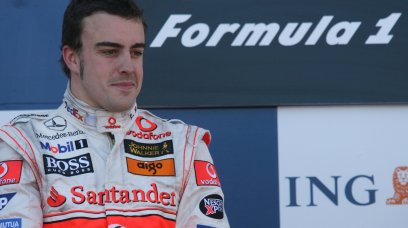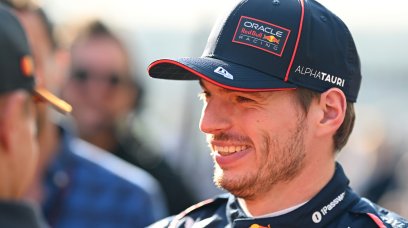The advent of the V6 turbo hybrid era enticed Japanese car brand Honda to reenter Formula 1. The manufacturer had initially agreed a deal with their old friends McLaren, though after three season and series of excruciatingly poor results the partnership would end in acrimonious circumstances with both parties feeling slighted. This forced the Japanese giant to look elswhere and eventually they would sign a deal to supply Red Bull's junior team Toro Rosso (now AlphaTauri). The move was made with the aim of ultimately supplying the senior team as Red Bull and Renault were in the midst of having a spectacular and public fallout, with the Milton Keynes outfit eventually opting to run Honda power-units from 2018 onwards. Unlike their partnership with McLaren however, Honda's association with Red Bull has yeilded success. In fact their engines have been so good that they have achieved podiums and wins, not just with Red Bull, but with AlphaTauri as well. Having been forced to advance their plans by six months due to their planned departure, the engine supplier has made significant progress with respect to bridging the performance gap to the all conquering Mercedes power unit. A part of the Japanese brand's success can be attributed to their previous ties with McLaren. RacingNews365.com has understood that a large chunk of Honda's performance gain has come via their use of a compact design. In fact their power-unit is more compact than their infamous attempt in 2015, which suffered from chronic overheating and in turn failed on several occasions. While this design philosphy failed at McLaren, Red Bull design-guru Adrian Newey in particular was grateful for the compressed packaging having been able to use this facet to gain an aerodynmaic edge with respect to the rear end of the RB16B. So how did this come about? Japanese TV network NHK were given access to the automotive giant's manufacturing facility in Sakura where the engine manufacturer revealed how they were able to execute their intricate design. The first area of focus were the power-unit's cylinder heads that featured an in-house developed coating, which was more resistant to both the heat and friction released during the combustion process. Those new cylinder heads were tested in Abu Dhabi, which after being approved enabled the Japanese firm to begin looking at ways to get more performance out of the combustion engine. By placing the engine valves in an upright manner on the cylinders, the volume of the combustion chambers was reduced, resulting in higher level of compression pressure. This has the added advantage of bringing the camshafts closer together, resulting in a more compact engine design. However, the increased efficiency of the engine meant that less energy was lost, energy that is normally chased through the exhaust to power the MGU-H. To overcome this problem, Honda turned to their aircraft division in order to find a solution. The blades of the MGU-H's turbine were re-examined and a new and more efficient design was created. While the lost energy was not recovered, the existing energy was used more efficiently. The use of new materials throughout the engine also meant that the center of gravity of the block was lowered and the space between the aligned cylinders could be made smaller, this again aided to help keep the power-unit compact. The efforts made over the winter have clearly paid off as Max Verstappen was able to stamp his authority during the first qualifying session of the year in Bahrain. Unfortunately the pole position didn't translate into a win despite the RB16B's superior pace. While Honda's efforts are to be commended it is still up to Red Bull and AlphaTauri to make full use of their performance gains. If Bahrain was any indicator, the Red Bull-Honda-Verstappen triumvirate look well placed in their attempts to finally dethrone Lewis Hamilton and Mercedes. In collaboration with Daniel Bialy.
Most read






